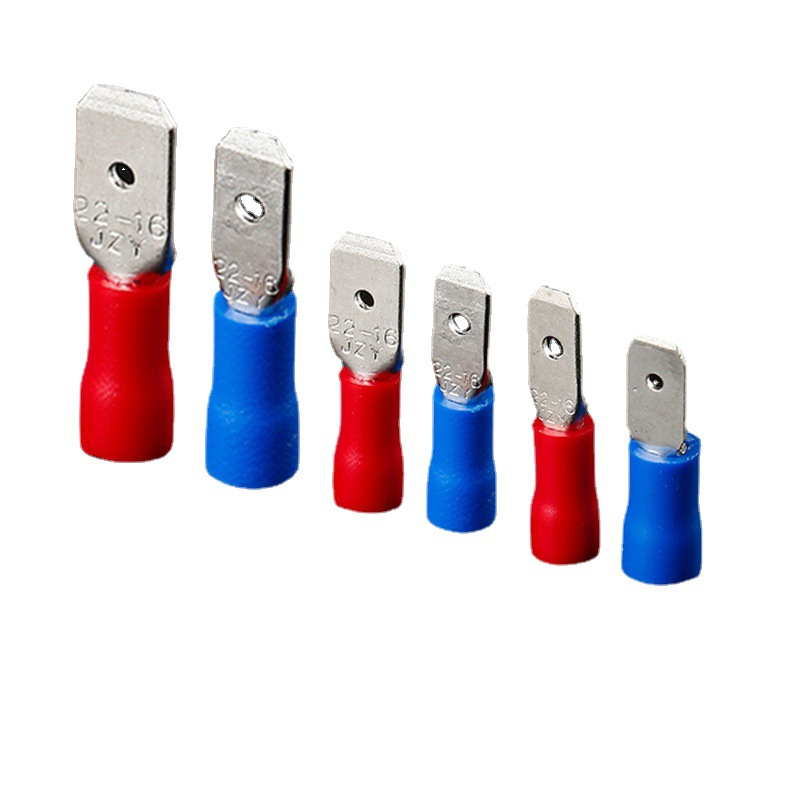Quick Disconnects Terminals
Quick disconnect terminals, also known as quick disconnect connectors or quick connectors, are electrical connectors designed to enable fast and easy connections and disconnections of wires or cables. They are widely used in various applications, particularly in situations where frequent assembly, d......
Send Inquiry
Product Description
Quick disconnect terminals, also known as quick disconnect connectors or quick connectors, are electrical connectors designed to enable fast and easy connections and disconnections of wires or cables. They are widely used in various applications, particularly in situations where frequent assembly, disassembly, or maintenance is required.
Key features of quick disconnect terminals:
1. Design: Quick disconnect terminals typically consist of two main parts: a male and a female connector. The male connector has a protruding pin or blade, while the female connector has a corresponding socket or receptacle. When the male and female connectors are brought together, they quickly and securely snap into place, creating an electrical connection.
2. Locking Mechanism: Many quick disconnect connectors have a locking mechanism that holds the male and female parts together firmly, preventing accidental disconnection.
3. Insulation: Quick disconnect terminals are available in both insulated and non-insulated versions. Insulated quick disconnects have a plastic or rubber sleeve covering the metal connectors, providing electrical insulation and protection against accidental contact.
4. Wire Termination: Quick disconnect terminals are designed for easy wire termination. The wire is inserted into the terminal, and it is typically crimped or soldered to create a secure and reliable connection.
5. Sizes: Quick disconnect terminals come in various sizes to accommodate different wire gauges and current ratings.
Usage of quick disconnect terminals:
Quick disconnect terminals are widely used in a variety of industries and applications, including:
1. Automotive: They are commonly used in automotive wiring for connecting electrical components, sensors, and switches.
2. Appliances: Quick disconnect terminals are employed in household appliances to make electrical connections between wires and components.
3. Electronics: They are used in electronic devices and equipment to facilitate easy connections and disconnections during assembly and repair.
4. Industrial Machinery: Quick disconnect terminals are found in industrial machinery and equipment for rapid connection of control circuits, sensors, and power lines.
5. Audio and Video Equipment: They are used in audio and video cables to enable quick connections between devices.
Benefits of using quick disconnect terminals:
1. Time-saving: Quick disconnect terminals allow for rapid assembly and disassembly, reducing the time needed for installation and maintenance tasks.
2. Convenience: The quick and easy connections make them ideal for applications where frequent connections and disconnections are required.
3. Flexibility: Quick disconnect terminals provide flexibility in wiring and allow for easy rearrangement or replacement of components.
4. Safety: Insulated quick disconnect terminals offer protection against electrical shocks and short circuits, enhancing safety in various applications.
It's essential to choose the appropriate size and type of quick disconnect terminals for the specific application to ensure reliable and secure electrical connections. Proper crimping or soldering of the wires to the terminals is also crucial for optimal performance and safety.










